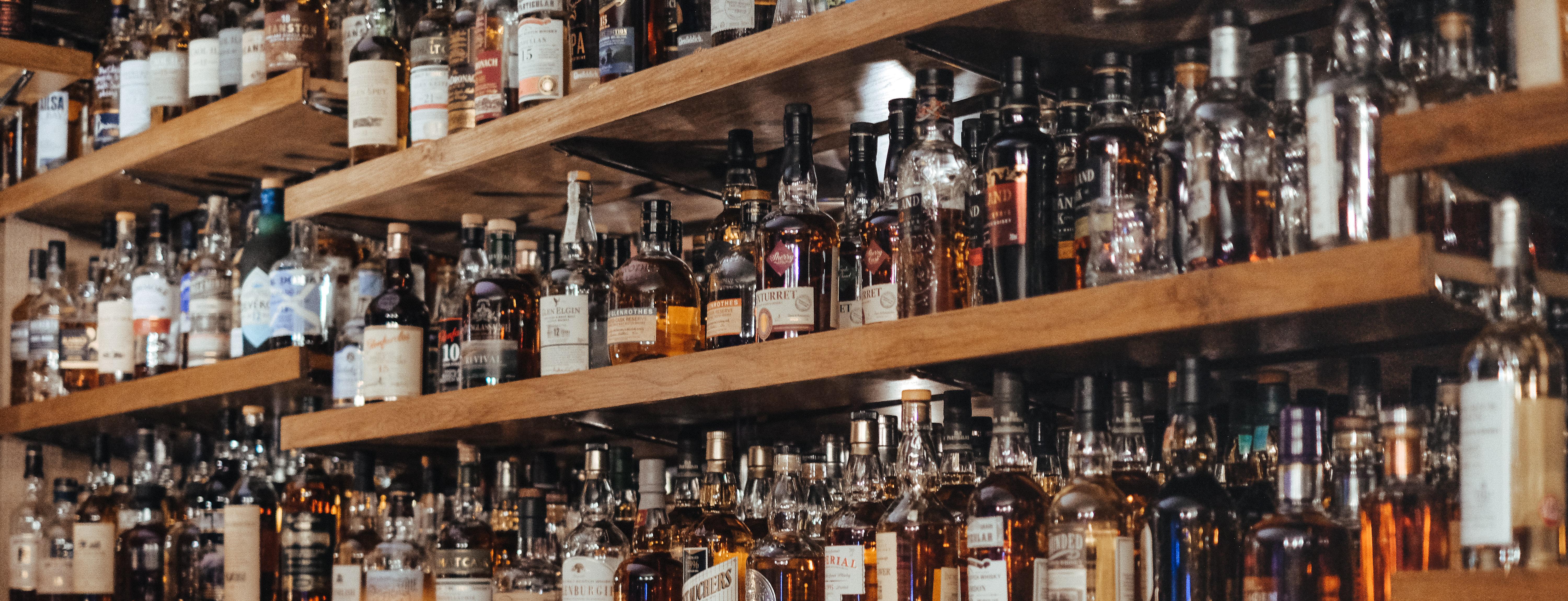
New WHO/Europe Factsheet: Policy Action Needed to Reduce Cancers Attributable to Alcohol Use
The new WHO/Europe factsheet, “Alcohol and cancer in the WHO European Region: an appeal for better prevention”, emphasizes causal links between alcohol use and a range of cancers, including some of the most common types, such as female breast cancer and colorectal cancer. It also makes clear that alcohol-attributable cancers and deaths can be reduced through implementation of cost-effective policies, such as increasing taxes on alcoholic beverages and restricting marketing and availability of alcohol.
The public need to know: even at low levels alcohol consumption can cause cancer.
Alcohol consumption causes some types of cancer and is also associated with dozens of other noncommunicable diseases (NCDs). Globally, alcohol is responsible for almost 3 million deaths every year, and in the European Region accounts for around 2545 deaths every day. In 2018 alone, around 180 000 cases of cancer and 92 000 cancer deaths were caused by alcohol in the Region.
“This is not just another cancer scare story that people can ignore. We have really strong evidence showing that alcohol consumption, even at low levels, can cause cancers. All types of alcoholic beverages are linked to cancer, with the main carcinogenic compound being ethanol.
“The public needs to know about this; for example, in 2018 in the WHO European Region, alcohol consumption caused about 45 500 cases of breast cancer in women, with 12 100 consequent deaths, and about 59 200 cases of colorectal cancer in women and men, with 28 200 consequent deaths,” said Dr Nino Berdzuli, Director, Country Health Programmes Division, WHO/Europe.
No safe level of consumption
The new factsheet, prepared by the WHO European Office for the Prevention and Control of Noncommunicable Diseases (NCD Office), highlights the causal links between alcohol consumption and cancers of the oral cavity, oropharynx, oesophagus, liver, larynx, colorectum and female breast. Alcohol-related cancers of the larynx and oropharynx have relatively higher proportions of fatal outcomes, compared to other alcohol-related cancers.
There is no safe level of alcohol consumption for cancer, regardless of the type of beverage, the quality or price. Almost 11% of all cancer cases causally linked to alcohol across the Region in 2018 were due to drinking no more than 1 big bottle of beer (500 ml), 2 glasses of wine (200 ml) or 60 ml of spirits per day. Health hazards increase dramatically with the amount that people drink.
Smoking along with drinking multiplies the risks of cancer
According to the factsheet, people who use both alcohol and tobacco have a 30 times increased risk of developing cancers of the oral cavity, oropharynx, larynx and oesophagus, compared to people who use either alcohol or tobacco alone.
According to Dr Carina Ferreira-Borges, Programme Manager for Alcohol and Illicit Drugs at the NCD Office, “It is very important for countries of the WHO European Region to implement measures that will raise awareness among consumers and contribute to reducing alcohol consumption levels. Alcohol-attributable cancers and deaths can be prevented by policies that already exist and are known to be effective but are still not popular enough among many Member States. These include WHO’s ‘best buys’, which reduce alcohol affordability and restrict alcohol marketing and availability. We know what works, we just need to do more of it”.
Tackling alcohol harm with cost-efficient measures
Reducing the burden of NCDs by reducing risks related to alcohol use is one of the core priorities outlined in WHO’s European Programme of Work, 2020–2025. No one should be left behind due to cancers that are caused by alcohol consumption.
WHO’s “best buys” are cost-effective and easy-to-implement policy options that can reduce alcohol-related NCDs, including cancer. The 3 basic measures are as follows:
- increase excise taxes on alcoholic beverages;
- enact and enforce bans or comprehensive restrictions on exposure to alcohol advertising (across multiple types of media);
- implement restrictions on the physical availability of retailed alcohol (via reduced hours of sale).
With this new factsheet, which has been prepared with the support of the governments of Germany and the Russian Federation, WHO makes clear that reducing alcohol consumption is a public health imperative. The evidence of alcohol’s contributory role in cancer development and cancer death needs to be emphasized more in public discussion across the Region.
A range of interconnected measures is required, including the following:
- clear messaging that there is no safe level of alcohol consumption;
- concerted action at national and international level;
- increased levels of political commitment;
- effective coordination of multisectoral action, safeguarding against influence by vested interests that are opposed to effective alcohol control policies;
- appropriate and widespread engagement of public health oriented nongovernmental organizations, professional associations and civil society groups.